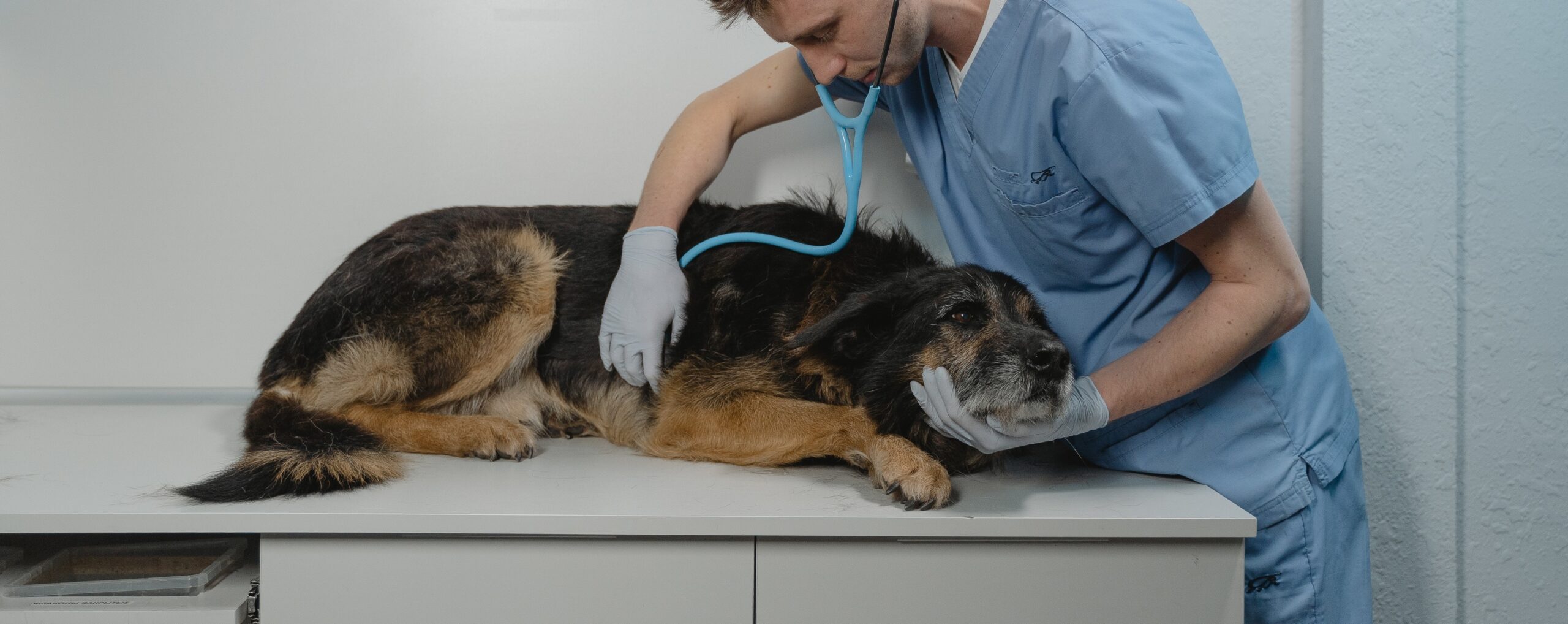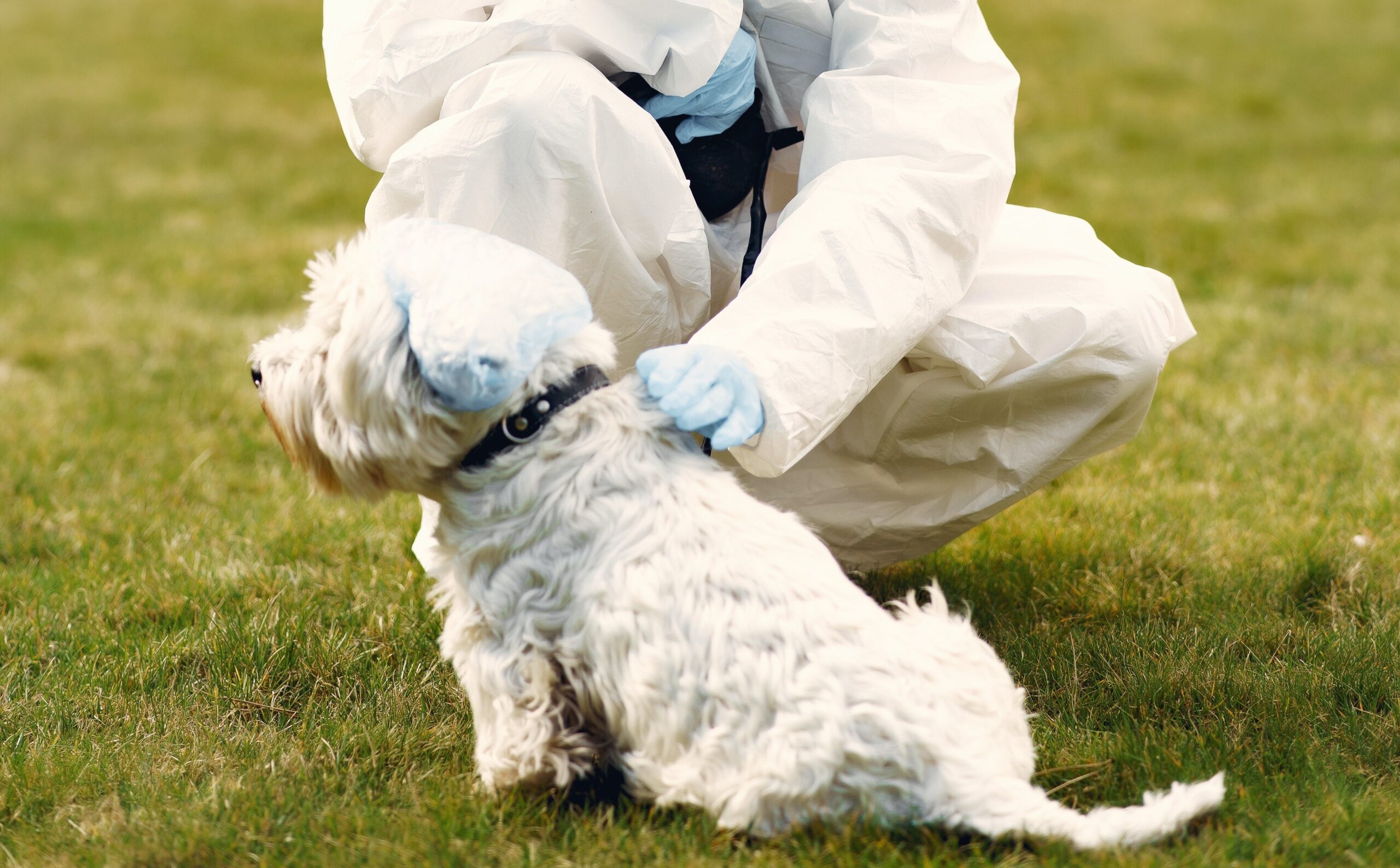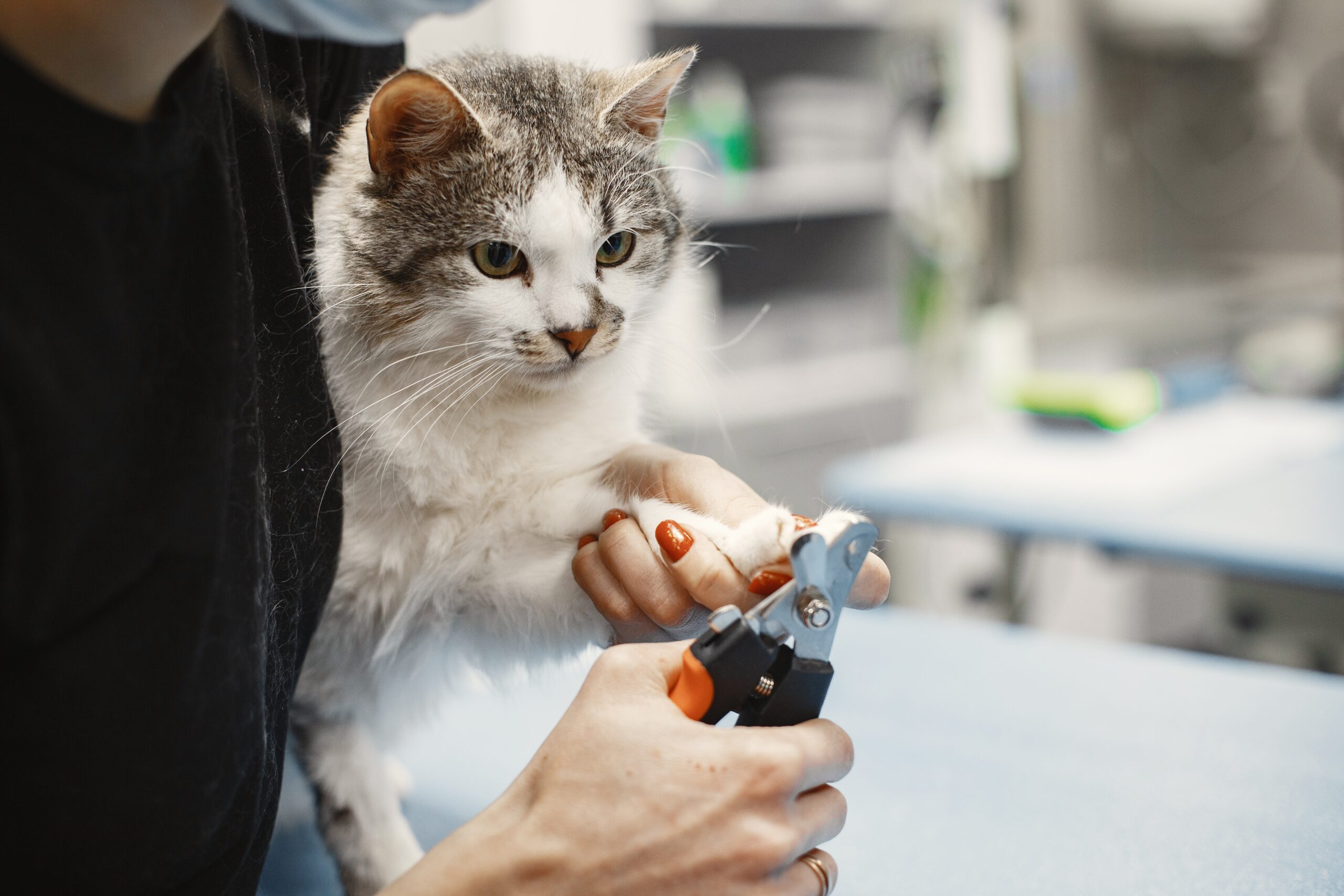How to Choose the Perfect Pet for Your Family: a Practical Guide
Are you thinking of adding a new furry friend to your family but feeling overwhelmed with the decision? Worry not! Selecting the right pet for your family can be a daunting task, but by considering a few essential factors, you can make the process easier. Here is a practical guide to help you choose the perfect pet for your family.
Family Lifestyle:
When selecting a pet, it is vital to consider your family’s lifestyle. Do you have an active family that enjoys outdoor activities? Or do you have a busier family that would prefer a low-maintenance pet? If you have young children, gentle and patient pets such as Golden Retrievers or Beagles could be a perfect choice.
Space:
The amount of space you have in your home is another critical factor to consider. Larger pets such as dogs and rabbits require more room to move around, while smaller animals like hamsters or guinea pigs can fit in smaller spaces. If you reside in an apartment, consider pets that are comfortable living indoors, such as cats or reptiles.
Allergies:
Before bringing a new pet home, it is crucial to ensure that no one in your family is allergic. Hypoallergenic pets, including specific breeds of dogs, cats, and even some reptiles, can be a great option. Pets with hair, like guinea pigs, can also be a suitable choice for people with allergies.
Budget:
Owning a pet can be expensive, so it is vital to consider the costs of food, toys, medical care, and grooming. Some pets require more frequent vet visits and grooming than others, so it is essential to factor in these expenses when making a decision. Ensure that you have a realistic budget in place to cover all the expenses associated with your new pet.
Pet’s Personality:
Each pet has a unique personality, and it is crucial to find one that matches your family. Spend time with potential pets to get a sense of their personality and how well they get along with your family members. If you have other pets at home, take things slow to avoid conflicts and ensure a smooth transition.
In conclusion, choosing the perfect pet for your family requires careful consideration. By taking into account your family’s lifestyle, space, allergies, budget, and the pet’s personality, you can make an informed decision and welcome a new furry friend into your home. Remember, pets are a lifelong commitment, so choose wisely and enjoy the many benefits of pet ownership.







